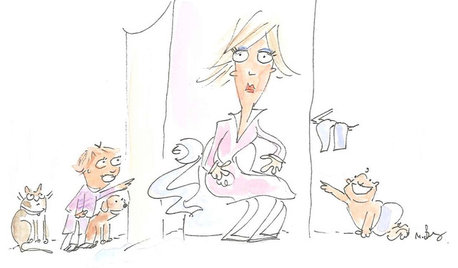Oh No -- it's Dioecious!!!! And, I only bought ONE.
denninmi
14 years ago
Related Stories

LIGHTINGSo You Bought a Cave: 7 Ways to Open Your Home to Light
Make the most of the natural light your house does have — and learn to appreciate some shadows, too
Full Story
FARM YOUR YARDIf You Have Room for Only One Fruit Tree ...
Juice up a small garden with one of these easier-care or worth-the-effort fruit trees for a mild climate
Full Story
FARM YOUR YARDIf You Have Room for Only One Summer Crop ...
Get an edible that’s long on flavor even if you’re short on space, with a long-time gardener’s favorite picks
Full Story
LIFE21 Things Only People Living With Kids Will Understand
Strange smells, crowded beds, ruined furniture — here’s what cohabiting with little monsters really feels like
Full Story
MOST POPULAR15 Remodeling ‘Uh-Oh’ Moments to Learn From
The road to successful design is paved with disaster stories. What’s yours?
Full Story
BATHROOM DESIGNPrivate Access: 12 Bathroom Windows That Reveal Only the Views
Be hidden but not hemmed-in with a strategically placed bathroom window that brings an outdoor view but not prying eyes
Full Story
GARDENING GUIDESOh, Deer! 10 Native Flowers That Stand Up to the Herds
Keeping a garden amid hungry deer can be hard, but these plants should fare well
Full Story
HOLIDAYSOh Deer! Antler-Inspired Décor for the Holidays and More
Enjoy the grace and beauty of deer at home — no taxidermy needed
Full Story
HOUZZ TOURSHouzz Tour: Only the Best for a Desert Spanish Colonial
Calacatta marble, Venetian plaster and hand-carved wood create a home awash in luxurious comfort for an Arizona family
Full Story



strudeldog_gw
Embothrium
Related Discussions
OH NO, DARN I bought a banana plant that doesnt produce fruit
Q
Uh oh, if I only have one poppy plant
Q
Our first problem! (and it's only day 3!!)
Q
OH NO! I bought 'heaters' thinking they were ovens
Q
Embothrium
lkz5ia
gliese
denninmiOriginal Author
nick_b79